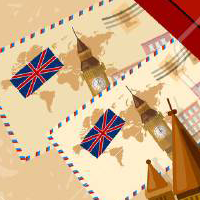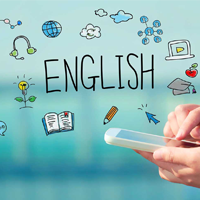Education was of primary importance to the English colonists and was conducted at home as well as in established schools. Regardless of geographic location or finances, most Americans learned to read and compute numbers. For many, the Bible and other religious tracts were their only books; however, the excellent language contained in such works usually made them good primers. Many families owned one or more of Shakespeare’s works, a copy of John Bunyan’s classic A Pilgrim’s Progress, and sometimes collections of English literary essays, poems, or historical speeches.
In 1647 the Massachusetts School Law required every town of at least 50 households to maintain a grammar school. The law was the first to mandate public education in America. In the middle colonies at the time, schools were often dependent on religious societies, such as the Quakers and other private organizations. In the South, families employed private tutors or relied on the clergy to conduct education. At the outset, most elementary schools were for boys, but schools for girls were established in the eighteenth century in most cities and large towns. In spite of the informal atmosphere of most American schools, the literacy rate in the colonies of mid-eighteenth century America was equal to or higher than that in most European countries.
Before the American Revolution, nine colleges had been founded, including Harvard, William and Mary, Yale, the College of New Jersey (now Princeton), Brown, Rutgers, Dartmouth, and Kings College (later Columbia University). By 1720 the natural sciences and modern languages were being taught, as well as courses in practical subjects such as mechanics and agriculture. At the end of the 18th century, medical schools were established at the College of Philadelphia and at King’s College.






